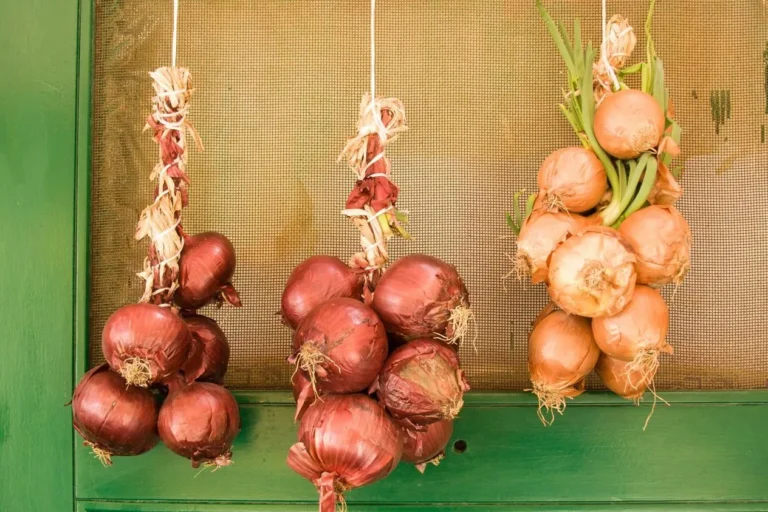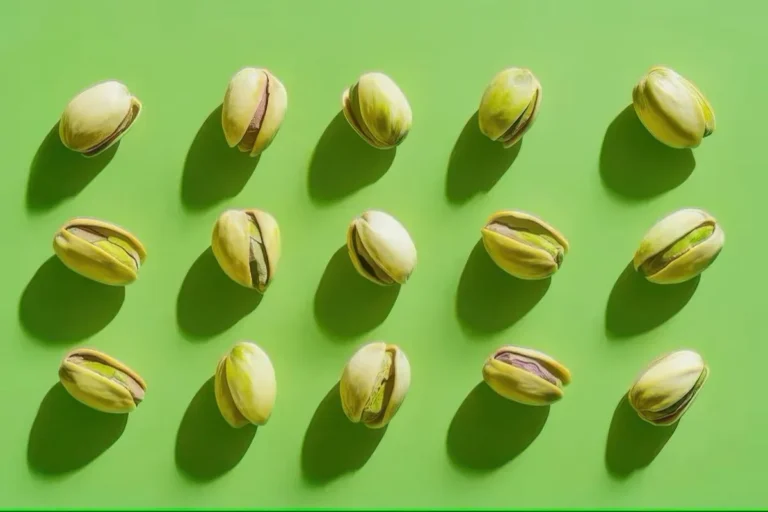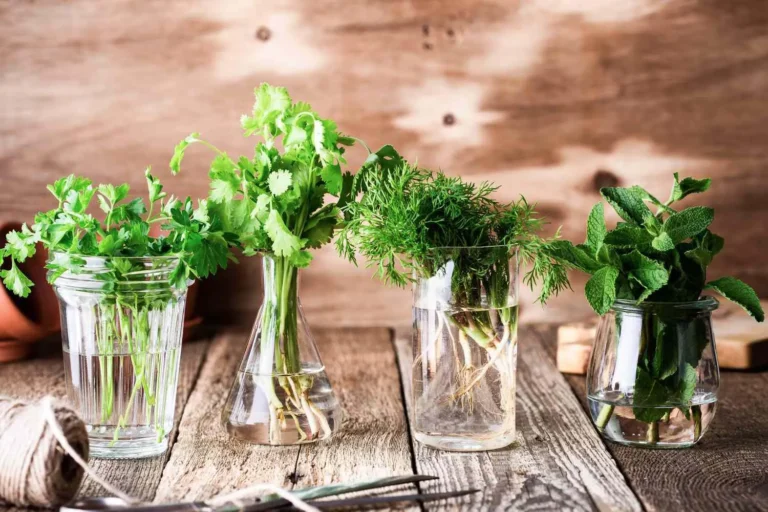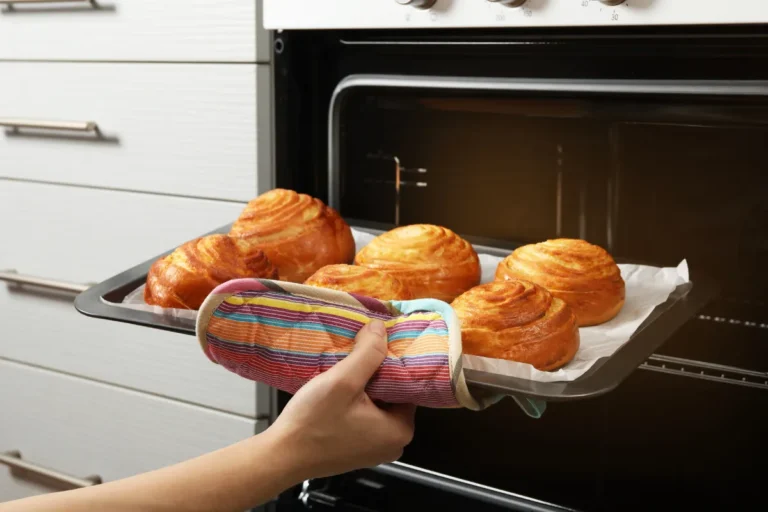What’s the Simple Solution for Spotless, Stain-Free Dishes?
Reviewed and Fact Checked

We’ve all faced the frustrating challenge of cleaning dishes after a delicious meal, especially when stubborn spots or burnt food cling to the surface.
Before you resort to harsh chemicals or endless scrubbing, there’s a surprisingly effective solution that many people overlook: salt.
How Salt Works Wonders
Salt isn’t just for enhancing flavor; its gritty texture can be a powerful ally in the kitchen. Here’s how you can use it effectively:
- Scrubbing Power: If you’re dealing with a dish that has burnt food stuck on it, try this method: sprinkle a generous amount of coarse salt onto a damp sponge. The abrasiveness of the salt helps lift the stubborn bits as you scrub.
- Boiling Method: For particularly tough messes, consider this approach:
- Add a handful of salt to your pan.
- Pour in enough water to cover the burnt area.
- Bring the mixture to a boil over high heat.
- While it boils, gently scrape and loosen the stuck food with a spatula.
- After boiling for a while, wash the pan as you normally would.
Key Points to Keep in Mind
While salt can be an excellent cleaning agent, there are some important precautions:
- Non-Stick Pans: Avoid using salt on non-stick cookware. Its abrasive nature can damage the coating, leading to potential issues down the line. One user learned this lesson the hard way and regretted ruining their pan!
- Ceramic Caution: Teflon pans can usually handle soaking, but it’s best to avoid soaking ceramic non-stick pans for long periods. While it won’t ruin them immediately, it can wear down the coating over time.
Alternative Cleaning Methods
If you’re concerned about using salt on delicate surfaces, here are some alternatives:
- Baking Soda: This is a gentler option for those who want to avoid abrasives. Baking soda can still help loosen stuck-on food without causing damage.
- Chainmail Scrubber: For stainless steel, cast iron, or carbon steel cookware, consider using a chainmail scrubber. It’s tough enough to tackle stubborn grime without harming the surface.
- Deglazing Technique: When cooking, deglazing is an effective way to prevent burnt bits from sticking in the first place.
A Helpful Tip from Experience
Interestingly, this isn’t just a home-cooking tip! When cleaning burnt coffee pots left on burners, pour in salt and ice cubes, swirling them around until the burnt residue is gone. It’s an effective trick that really works!
Remember: Burnt Pans Are Common
Even seasoned cooks encounter burnt pans from time to time. Cooking at high temperatures can lead to oil, butter, and spices sticking stubbornly to surfaces. So don’t be too hard on yourself! With some patience and these handy tips, you can tackle those stubborn spots and keep your cookware looking great.






